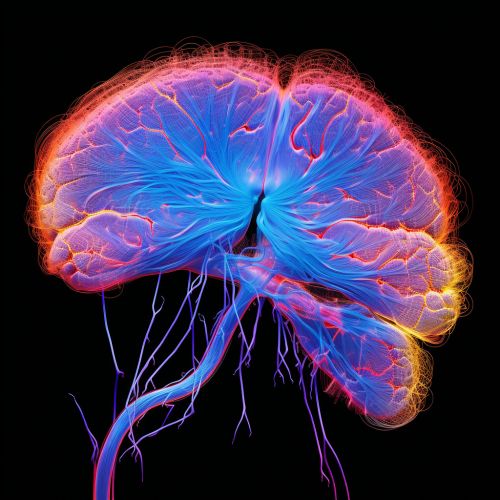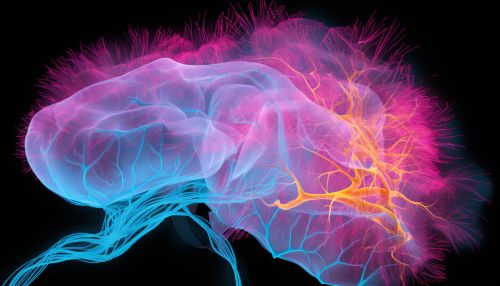Discussion: Neurobiology
Introduction
Neurobiology, also known as neuroscience, is a branch of biology that deals with the study of the nervous system. It is an interdisciplinary field that combines biology, psychology, chemistry, and physics to understand the properties of neurons and neural circuits. This field of study aims to understand how these neurons and circuits lead to behavior, perception, and cognition read more.
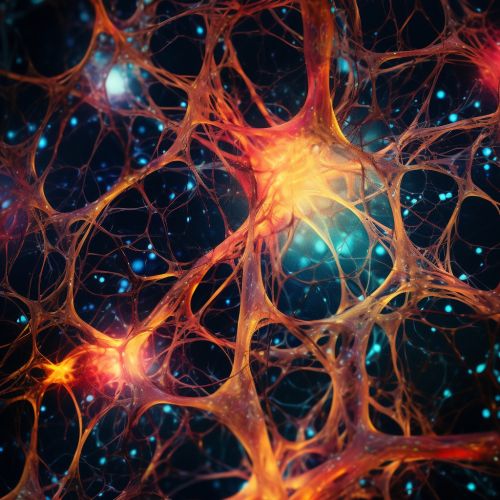
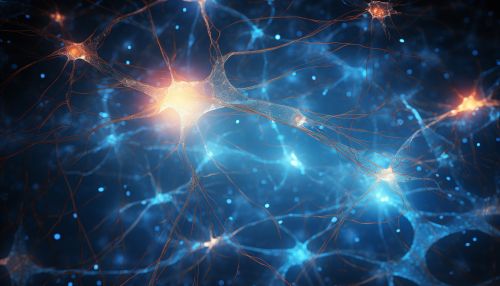
History
The study of neurobiology has a long history, dating back to ancient Egypt, where the first known written record of brain surgery and the nervous system was found. However, it was not until the 20th century that neurobiology began to take shape as a distinct scientific discipline. The development of new technologies and techniques, such as electron microscopy and electrophysiology, allowed scientists to study the nervous system in unprecedented detail read more.
Neurons and Glial Cells
Neurobiology primarily focuses on the study of neurons, the main functional units of the nervous system. Neurons are specialized cells that transmit information throughout the body. They are composed of a cell body, dendrites, and an axon. The dendrites receive information from other neurons, and the axon transmits this information to other cells read more.
In addition to neurons, the nervous system also contains glial cells. These cells provide support and protection for neurons. They are involved in many essential functions, including nutrient supply, waste removal, and immune defense read more.
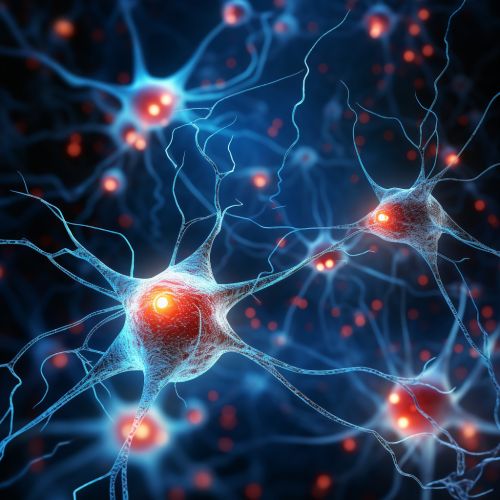
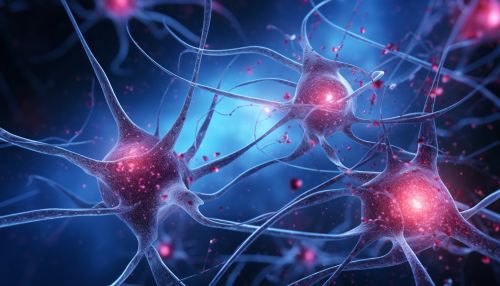
Neural Circuits
Neurons communicate with each other through specialized connections called synapses. The combination of these connections forms complex networks known as neural circuits. These circuits are responsible for processing and transmitting information in the brain. Neurobiologists study these circuits to understand how they contribute to various functions and behaviors read more.
Neurotransmitters and Neuroplasticity
Neurotransmitters are chemicals that transmit signals from a neuron to a target cell across a synapse. They play a crucial role in the functioning of the nervous system. Different types of neurotransmitters are associated with different functions and disorders read more.
Neuroplasticity refers to the brain's ability to change and adapt as a result of experience. It is a fundamental principle of neurobiology, underlying learning, memory, and recovery from brain damage read more.
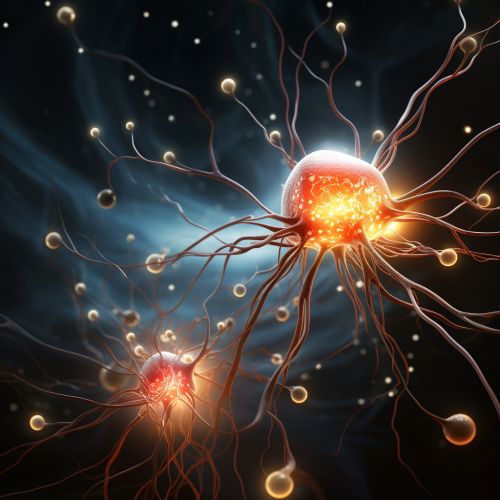
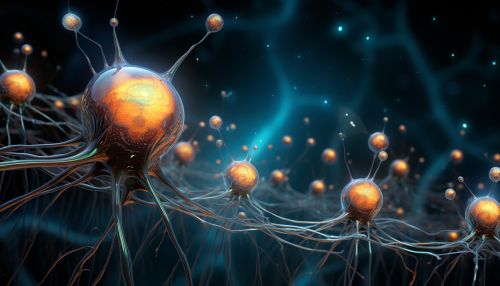
Methods in Neurobiology
Neurobiology employs a variety of methods to study the nervous system. These include molecular biology techniques, electrophysiology, neuroimaging, and behavioral tests. Each method provides a different perspective on the functioning of the nervous system, and they are often used in combination to gain a comprehensive understanding of neural processes read more.
Applications of Neurobiology
The knowledge gained from neurobiology has numerous applications. It is fundamental to the development of treatments for neurological and psychiatric disorders. It also has implications for understanding and improving learning, memory, and cognitive function read more.
